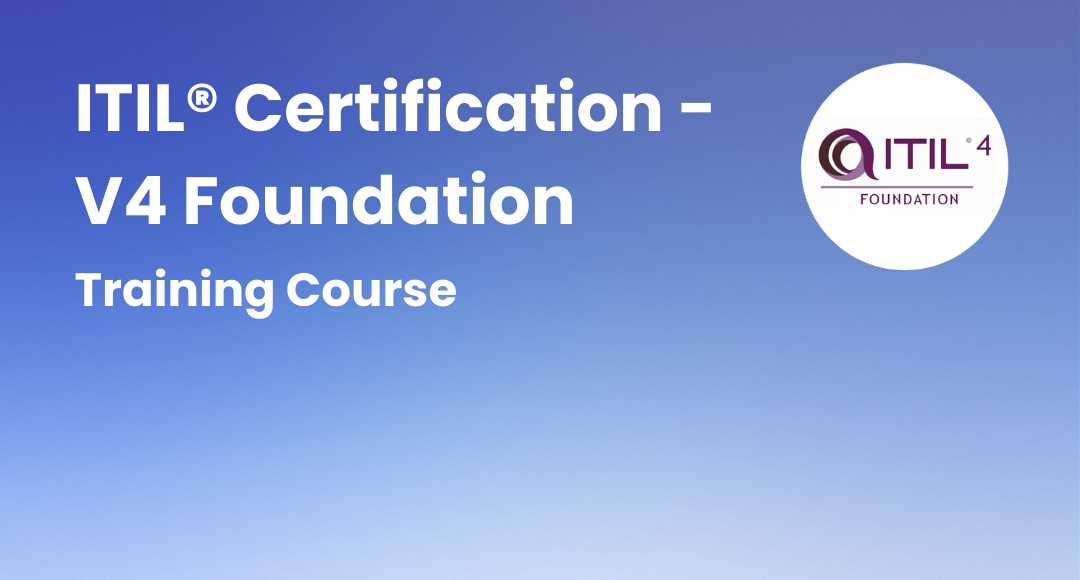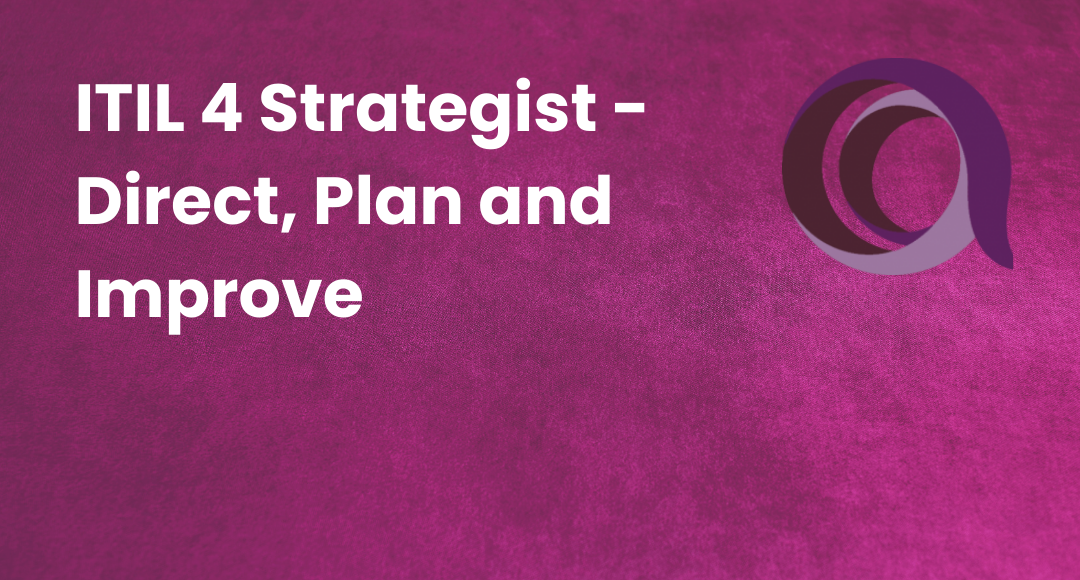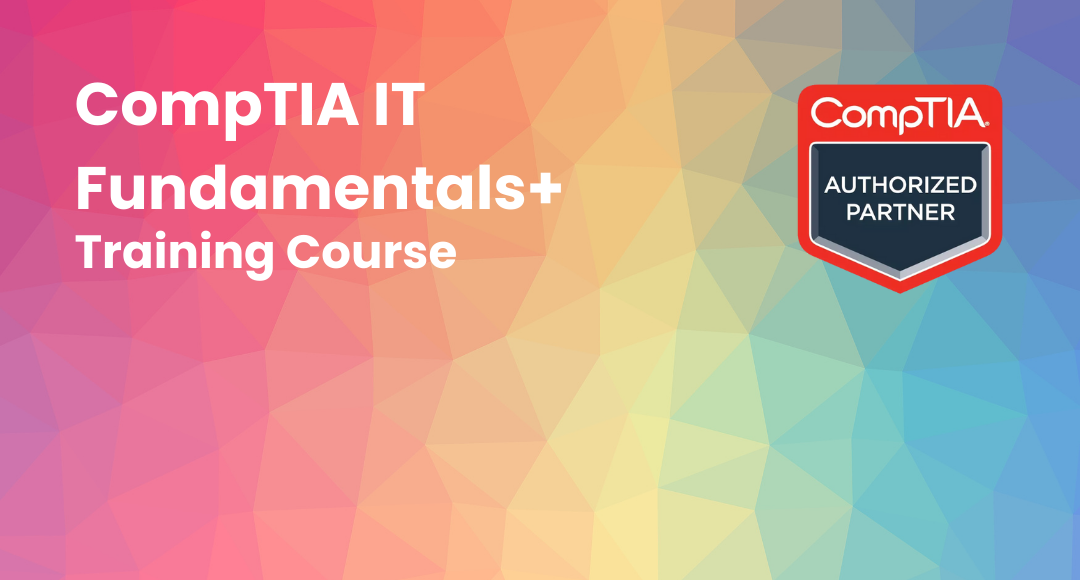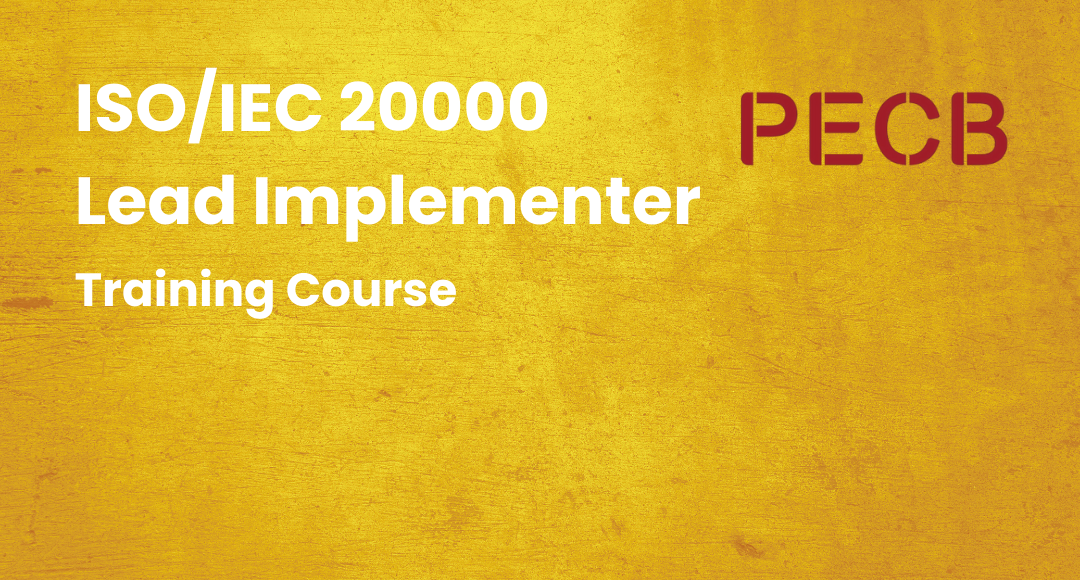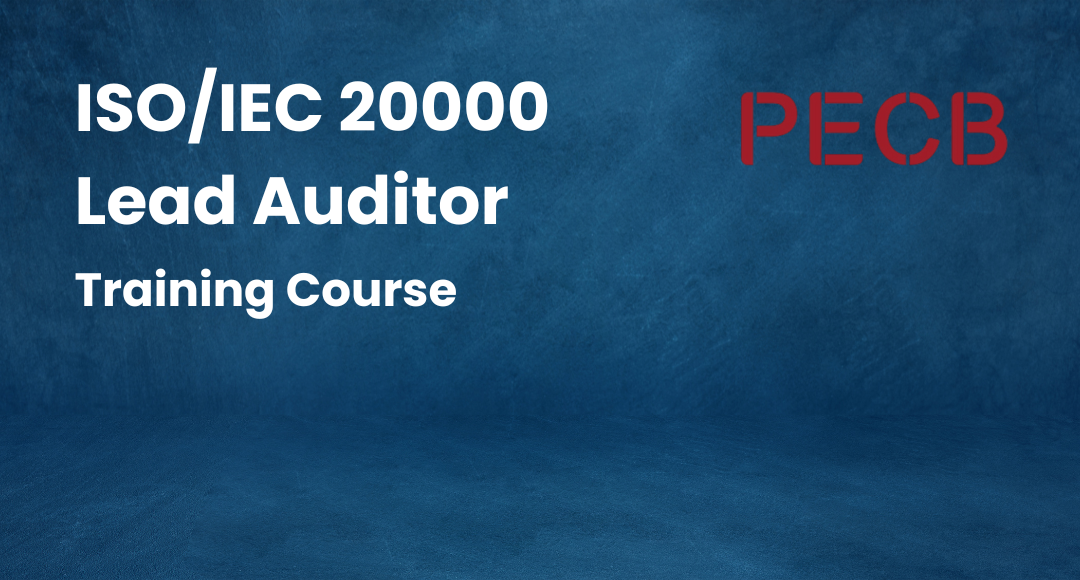ITIL Processes List – 26 ITIL Processes and 5 ITIL Service Lifecycle Stages
-
 By Nchumbeni Yanthan
By Nchumbeni Yanthan - Published on Feb 19 2025

Introduction to ITIL Processes
ITIL® is the most popular ITSM framework in the world. It has gained wide popularity in the IT market. ITIL includes 26 ITIL processes. These processes have been divided into five service lifecycle stages. ITIL processes are a sequence of activities that include inputs, triggers, and outputs. In this article, we will discuss various ITIL® processes and their importance.
Table of Contents
- ITIL Processes and Functions
- List of Five Service Lifecycle Stages:
- I. Service Strategy ITIL Processes
- II. Service Design ITIL Processes
- III. Service Transition ITIL Processes
- 4. Service Operations ITIL Processes
- 5. Continual Service Improvement ITIL Processes
- List of 26 ITIL Processes
- Frequently Asked Questions (FAQs)
ITIL Processes and Functions
ITIL, which stands for Information Technology Infrastructure Library, encompasses a set of practices and processes that serve as a framework for efficient IT service management. Central to ITIL are its processes and functions, each playing a distinct role in ensuring the delivery of high-quality IT services. Among these processes, ITIL incident management stands out as a key function, ensuring the swift resolution of incidents to minimize service disruption.
Processes within ITIL represent the structured steps and activities that guide IT service management. These procedures assist businesses in increasing efficiency, lowering waste, and improving the caliber of their services. They cover a wide variety and are intended to maintain and enhance IT services. Examples include incident management, change management, problem management, and more.
Complementing these processes are ITIL functions, which are essentially specialized teams or groups responsible for specific aspects of service management. For instance, the service desk function handles user inquiries and incidents, ensuring swift resolutions. On the other hand, the technical management function focuses on the technical aspects of service delivery, such as infrastructure and technology.
Together, ITIL processes and functions create a comprehensive framework that empowers organizations to align their IT services with business needs, enhance customer satisfaction, and drive continuous improvement in the dynamic world of technology.
List of Five Service Lifecycle Stages:
The ITIL service lifecycle framework encompasses all the processes necessary to effectively manage the complete lifecycle of any product or service that an organization delivers. The ITIL lifecycle covers the entire IT service lifecycle, from inception to decommissioning, focusing on functions and processes for effective and continuous service delivery throughout the service lifecycle. This framework is structured around five distinct stages.
I. Service Strategy
II. Service Design
III. Service Transition
IV. Service Operations
V. Continual Service Improvement (CSI)

I. Service Strategy ITIL Processes
The service strategy stage has 5 ITIL processes:
Service strategy is the first stage of the ITIL® service lifecycle. It helps businesses set and achieve their mission. This stage is specifically for developing strategies. These strategies help analyze market trends and optimize products in accordance with them, which eventually helps businesses serve their customers better. Now let’s discuss the 5 ITIL® processes that fall under the service strategy lifecycle stage.
1. Strategy Management
This process is used to analyze the market and know the market position of products. Activities involved in this process are,
- Conducting a strategic assessment
- Creating a strategy
- Execution of the strategy
- Measuring and evaluating results
2. Demand Management
This process helps in evaluating demand versus supply in the market. By understanding demands and customer requirements, businesses can take steps to meet them. Demand management is all about evaluating demand and availability, deciding capacity, and making profitable decisions out of it.
Activities involved in this process are:
- Finding sources of demand and forecasting
- Business activity and user profiles analysis
- Developing differentiated offerings
- Handling operational demand.
3. Service Portfolio Management
Service portfolio management helps in managing portfolios of the IT services. It ensures that the services remain in alignment with the goals of Service Strategy.
Activities involved in service portfolio management are,
- Defining services
- Analyzing services
- Approving services
- Chartering services
4. Availability Management
Availability management is used for evaluating customer demand against the availability of services being provided. Demand Management helps businesses understand the requirements and demands of their customers in order to make necessary upgrades to their processes.
Activities involved in availability management are,
- Identifying demand
- Forecasting
- Business activity and user profiles analysis
- Developing offerings
- Managing operational demand
5. Business Relationship Management
Business Relationship Management is the last one in the ITIL Service Strategy lifecycle stage. Activities involved in this process are,
- request and complaint handling
- identifying opportunities
- managing business relationships.
II. Service Design ITIL Processes

The next one in the ITIL® service lifecycle is service design. This stage is focused on design and functions. It involves the planning of products, designs, processes, and more. It is used to meet customer demands while meeting business goals. There are eight ITIL processes in the service design stage; let’s discuss them.
6. Service Level Management
Service level management helps in setting the target for the business and evaluating its performance based on it. It involves the use of SLAs and helps in understanding service level goals.
Activities involved in Service Level Management are:
- Understanding service requirements
- Drafting and negotiating SLA’s,
- Defining and standardizing SLA’s
- Monitoring and reporting service performance
7. Service Catalog Management
Service Catalog Management focuses on the availability of the latest and most updated catalogs. It promotes productivity by making sure catalogues are available to customers whenever required.
Activities involved in Service Catalog Management are:
- Documenting service definition
- Documenting service description
- Service catalog contents
- Creating the service catalog
- Maintaining the service catalog
8. Capacity Management
Capacity management is primarily focused on systems and operations. It helps businesses operate at optimum capacity, which ensures the business requirements are met.
Activities involved in capacity management are,
- Monitoring data and capacity
- Analysis of capacity data
- Investigation of capacity issues
- Setting and updating capacity plans
- Review of capacity
- Optimization of capacity
9. Availability Management
The aim of Availability Management is to make sure that the required services are made available to customers during the time of need.
Activities involved in availability management are:
- Monitoring availability
- Analyzing availability
- Data investigation
- Service unavailability
- Availability planning
- Availability review
- Testing
10. IT Service Continuity Management
IT Service Continuity Management involves efficient management of risk and business continuity.
Activities involved in IT Service Continuity Management are,
- Developing requirements
- Continuity plans
- Implementation of continuity plans
- Invoking the continuity plan
11. Information Security Management
Information security management focuses on protecting systems and data. It keeps strict restriction on the access.
Information Security Management involves activities are,
- Intrusion detection
- Damage prevention
- Damage control
-Problem solving
- Understanding security requirements
- Creating and implementing security policies
- Information assessment
- Security control review
12. Supplier Management
Supplier management is focused on monitoring supplies. This helps in handling supplies, ensuring good supplier relationship, adherence to contracts and more.
Activities involved in supplier management are,
- Setting requirements
- Evaluating suppliers
- Selecting suppliers
- Managing performance
- Updating or ending contracts
13. Design Coordination
Design coordination focuses on the management of the design phase. It handles areas like resource availability, design optimization, and more. Processes involved in this help determine the design quality and make sure it meets customer needs.
Activities involved in Design Coordination are,
- Defining policies and methods
- Planning resources and capabilities
- Management of design risks
- Service design improvements
III. Service Transition ITIL Processes
Service transition is the third stage of the ITIL® service lifecycle. It helps in maintaining the existing services and handling transitions while making new upgrades to the organization. The service transition stage also handles risks and offers guidance on avoiding them.
There are seven ITIL processes in service transition. Let’s talk about them.
14. Change Management
ITIL Change management focuses on supporting changes and upgrades to the business while ensuring it remains profitable.
Activities involved in Change Management are,
- Registration
- Categorization
- Risk and impact analysis
- Approvals
- Coordination of change
- Authorization of change deployment
- Review of change
15. Change Evaluation
Change evaluation process focuses on management and evaluation of changes that will help in the growth of the organization.
Activities involved in this process are,
- Planning evaluation
- Evaluation of predicted and actual performance
16. Release and Deployment Management
The major aim of release and deployment management is to handle software deployment without impacting the existing production process.
Activities involved in release and deployment management are,
- Release planning
- Building and testing release
- Deployment
- Reviews and closure
17. Service Validation and Testing
Service validation and testing focus primarily on the service changes and their continuation. The activities involved in service validation and testing are,
- Plan and design
- Verification of test plans and designs
- Preparation of test environments
- Performance of tests
- Evaluation of exit criteria
- Test environments and closure.
18. Service Asset and Configuration Management
Service Asset and Configuration Management focuses on the management of CI attributes, relationships, and history.
Activities involved in this process are,
- Management and planning
- CI identification and control
- Status accounting and reporting
- Verification and accounting
19. Knowledge Management
Knowledge management helps in the collection and usage of data. This will help technicians in the resolution of problems. Activities involved in knowledge management are,
- Knowledge management strategy
- Identification of data sources
- Collection of data sources
- Drafting knowledge
- Technical and editorial reviews
- Publishing of reviews
20. Transition Planning and Support
The transition planning and support process helps with the implementation of a new transition and the upgrade of a service.
Activities involved in transition planning and support process are,
- Defining transition strategy
- Preparation for service transition
- Planning and coordinating the transition
- Monitoring and reporting the progress of transition
4. Service Operations ITIL Processes

Service Operations ITIL Process is the fourth one in the ITIL service lifecycle. It helps with the seamless delivery of services in the process and focuses on offering quality services to customers. It manages business goals and keeps them in line with market updates.
There are five ITIL processes in service.
21. Incident Management
Incident management focuses on eliminating interruptions in the process. It helps professionals take steps to restore the flow of the process when they encounter issues.
Incident management involves activities like,
- Registration of incident
- Segretating the incident
- Prioritizing restoration
- Investigation and diagnosis of issue
- Issue resolution
22. Problem Management
Problem management focuses on resolution and avoidance of issues that occur repeatedly in a process. Activities involved in this process are,
- Problem detection
- Problem registration
- Investigation and diagnosis of the problem
- Resolution of problem
23. Event Management
Event management process is focused on service continuity. It keeps a check on all processes, monitors the flow, offers solutions and helps avoid interruptions.
Activities involved in event management process are,
- Event notifications
-Detection of the event
- Correlation of events
- Categorization of events
- Event reviews
24. Access Management
Access management focuses on security of the system. It works on prevention of unauthorized system access and offers access only to legal users.
Activities involved in access management are,
- Access of requisition
- Verification and validation
- Rights provision
- Monitoring and tracking the access
- De-provisioning access
25. Service Request Fulfillment
Service request fulfillment focuses on managing service requests. The process involves receiving, logging, prioritizing, and resolving service requests.
Activities involved in the service request fulfillment process are,
- Registration requests
- Requests for validation
- Categorization and prioritization of requests
- Reviewing requests
- Authorizing requests
5. Continual Service Improvement ITIL Processes
Continual Service Improvement is the fifth and last stage of the ITIL® service lifecycle. It focuses on policy upgrades and improvements involved in the ITIL® process framework. CSI helps in finding out the areas for improvement and evaluating their effects. The CSI stage involves market research and directs businesses to make improvements and upgrades based on demand.
If you’re an ITIL professional, consider getting the ITIL® Certification Training offered by Sprintzeal. It is widely popular among ITIL professionals. Several aspirants from various parts of the world have enrolled in the training program and gotten certified.
Sprintzeal is an AXELOS authorized training partner, offering certification training in three modes of study. Candidates can choose the mode of study that suits their needs and get trained by industry experts.
Explore ITIL Service Type Certifications:
ITIL 4 Managing Professional Transition
ITIL 4 Specialist: Create, Deliver and Support
ITIL 4 Specialist: High Velocity
ITIL 4 Strategist - Direct, Plan and Improve
ITIL 4 Specialist Drive Stake Holder Value
To get full details about various levels of ITIL training programs, chat with our expert. Subscribe to Sprintzeal's newsletters and ebooks and gain a competitive edge through the latest industry trends, best practices, and in-depth knowledge.
List of 26 ITIL Processes
The ITIL framework, which provides a structured method for delivering top-notch IT services, is greatly enhanced in the field of IT service management. Central to this framework are the 26 essential ITIL processes, each meticulously designed to ensure efficiency, reliability, and customer satisfaction. Let's discuss these important processes that support better IT service.
I. Service Strategy ITIL Processes
1. Strategy Management
2. Demand Management
3. Service Portfolio Management
4. Availability Management
5. Business Relationship Management
II. Service Design ITIL Processes
6. Service Level Management
7. Service Catalog Management
8. Capacity Management
9. Availability Management
10, IT Service Continuity Management
11. Information Security Management
12. Supplier Management
13. Design Coordination
III. Service Transition ITIL Processes
14. Change Management
15. Change Evaluation
16. Release and Deployment Management
17. Service Validation and Testing
18. Service Asset and Configuration Management
19. Knowledge Management
20. Transition Planning and Support
IV. Service Operations ITIL Processes
21. Incident Management
22. Problem Management
23. Event Management
24. Access Management
25. Service Request Fulfillment
V. Continual Service Improvement ITIL Processes
- Seven Steps in Process Improvement
Frequently Asked Questions (FAQs)
What are the processes of ITIL?
ITIL includes processes like Incident Management, Change Management, Problem Management, and more, focusing on effective IT service management.
How many processes are in ITIL?
ITIL comprises 26 core processes, with organizations choosing which to implement based on their specific needs.
What are the 5 stages of ITIL?
It consists of five ITIL stages: Service Strategy, Design, Transition, Operation, and Continual Improvement.
What are the 4 pillars of ITIL?
ITIL's four pillars are People, Processes, Products, and Partners, emphasizing personnel, efficient processes, technology, and external relationships in service management.
What is Incident Management in ITIL?
The goal of incident management is to minimize the impact on business operations by promptly returning to normal service operations following an unforeseen disruption.
What is the main purpose of ITIL?
The main goal of ITIL is to match business requirements with IT services, making sure that IT supports and adds value to the company while controlling risk and guaranteeing service quality.
Subscribe to our Newsletters
Popular Programs
ITIL 4 Strategist – Direct, Plan And Improve
Live Virtual Training
- 4.8 (350 + Ratings)
- 49k + Learners
ITIL 4 Specialist: Create, Deliver and Support
Live Virtual Training
- 4.8 (74 + Ratings)
- 69k + Learners
ITIL 4 Specialist Drive Stakeholder Value Certification
Live Virtual Training
- 4 (82 + Ratings)
- 46k + Learners
Trending Posts
How to become a certified ITIL Expert in 2026
Last updated on May 23 2023
ITIL Framework and Certifications Guide 2026
Last updated on Oct 31 2022
How to Become a Release Manager
Last updated on Feb 2 2023
ITIL Guiding Principles Explained
Last updated on Jun 30 2023
Top 6 ITSM best practices
Last updated on Dec 22 2023
Top 5 IT Service Management Tools in 2026
Last updated on Feb 27 2024
Categories
- Other 71
- Agile Management 48
- Cloud Computing 57
- Project Management 174
- Big Data 67
- Business Management 88
- Digital Marketing 81
- IT Service Management 29
- Programming Language 59
- AI and Machine Learning 85
- IT Security 112
- Quality Management 78
- IT Hardware and Networking 26
- Microsoft Program 5
- Workplace Skill Building 14
- Risk Management 9
- Information Security 8
- Leadership and Management 9
- Corporate Training and Development 1
Trending Now
ITIL Framework and Certifications Guide 2026
ArticleTop 25 ITIL Interview Questions and Answers in 2026
ArticleWhat is ITIL – Information Technology Infrastructure Library jobs and Certification Benefits
ArticleHow to become a certified ITIL Expert in 2026
ArticleIs ITIL a fit for your organization's culture?
ArticleITIL Framework Explained (Updated)
ArticleTOP 10 BENEFITS OF TOGAF CERTIFICATION IN ENTERPRISE ARCHITECTURE
ArticleThe Importance of ITIL certification and scope for career growth
ArticleITIL Certification Levels and Job Scope
ArticleWell Explained : The IT Service Management and ITSM Design, Concepts and its Benefits
ArticleAll about ITIL 4 practices – Updates, Service Types and Benefits
ArticleITIL Strategist Certification Overview And Career Path
ArticleEnterprise Architect Interview Questions and Answers 2026
ArticleMost Asked Release Manager Interview Questions and Answers 2026
ArticleHow to Become a Release Manager
ArticleAxelos and TSO launch MSP Foundation app
ArticleITIL Problem Management Guide for Beginners
ArticleITIL Guiding Principles Explained
ArticleWhat is ServiceNow - A Beginner's Guide
ArticleServiceNow - What is it, Fundamentals And Features
ArticleA Guide to Enterprise Asset Management
ArticleTop 5 IT Service Management Tools in 2026
ArticleService Value System in ITIL 4 Explained in Detail
ArticleThe ITIL 4 Service Desk Guide – Importance and Types
ArticleWhat Is IT Mapping?—An Essential Guide
ArticleTop 6 ITSM best practices
ArticleESM vs ITSM - Key Differences Explained
ArticleTop Incident Manager Interview Questions and Answers 2026
Article
